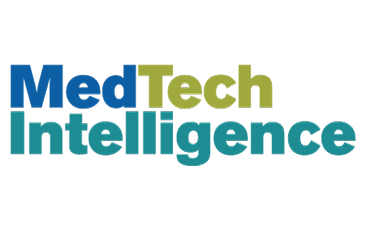
Using the right strategy, remote patient monitoring (RPM) turns episodic care into preventative care, potentially improving the patient experience and health outcomes.
Most senior patients or those with chronic illnesses wait until the last minute—when things are going wrong—to contact their physician. They complain of feeling ill, but neither patient nor physician has access to the data that can pinpoint a problem. This can oftentimes lead to unplanned trips to the doctor’s office, clinic, or the emergency
Healthcare, however, has changed rapidly over the last few years. In the age of COVID-19, patients are willing to do everything they can to avoid contact with people outside their circle, especially those who also might have compromised immune systems. Luckily, technology has kept pace with the need for remote care. Many seniors are now open to adopting personal safety solutions that can monitor their vital signs such as pulse, oxygen levels, temperature, weight, blood glucose, and other statistics in real-time and over time to detect any issues, while they remain safely in place at home or short- or long-term living facility. This gives physicians deeper insight into the health of their patients earlier in the cycle, allowing them to intervene much more quickly if the patient’s vital statistics indicate a trend downward.
RPM is a fundamentally different way to practice healthcare, and early intervention via RPM is returning better outcomes for patients. RPM offers real-time recordings of vital signs. Previously doctors relied on patients to use store-bought devices, take vital signs correctly and communicate that information in a timely fashion. RPM is designed to get healthcare providers information in between office visits and also connect care team members with their patients at the right time with the right information.
RPM gives physicians access to larger data sets for an overall better picture than a single report of a vital sign, such as high blood pressure. For clinicians, RPM provides rich data sets over time and allows the provider to spot and react to trends in the data. Additionally, physicians can also gain immediate insight into how the patient is actually feeling at that time and escalate to a phone call or video call. Having that direct access to quick intervention decreases ER/hospital visits.
